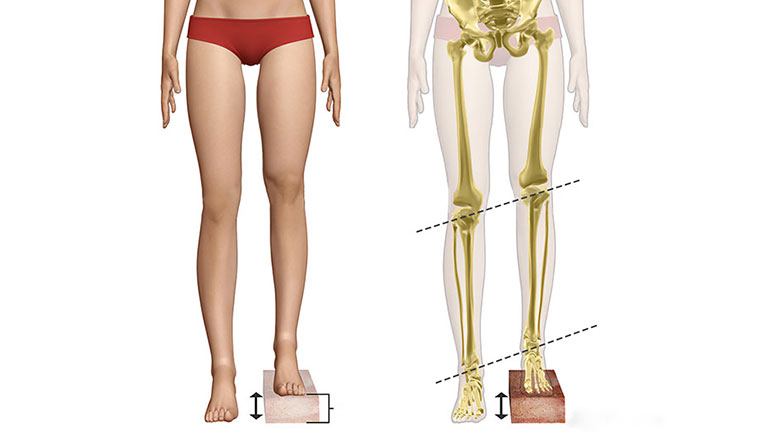What condition is treated by limb-lengthening surgery?

Surgery to extend the limbs is frequently done to balance out growing legs of different sizes. A doctor might advise limb-lengthening surgery, for instance, if a patient has one leg that is abnormally short in comparison to the other because of an injury or a congenital defect.
A major criteria for limb lengthening surgery is that the person has a leg length difference of at least 2 centimeters, if this is not the case, doctors often won’t advise the operation. Otherwise, a physician may suggest alternative therapies, such as wearing a shoe insert to balance out limb discrepancies.
The Journal of Orthopaedics and Traumatology [1] notes that a person could not exhibit symptoms until there is a discrepancy in leg length of at least 4 centimeters.
The following underlying factors can result in variations in leg length:
- birth abnormalities that affect the growth of bones
- a cerebral palsy [2]
- history of lower leg injuries or shattered bones that interfered with growing
- Having poliomyelitis [3] in the past
- past experience with short or tight muscles
- Legg-Perthes disease, a hip condition
Limb-lengthening surgery is more frequent in young adults who are close to the end of bone growth, usually between the ages of 18 to 25, limb-lengthening surgery is more frequent. However, in extremely rare circumstances, older folks may have the operation.
A doctor would typically advise leg-shortening or leg-restriction surgery if a person’s bones are no longer growing.
In situations of dwarfism [4] specifically brought on by achondroplasia [5], a genetic condition in which one leg may be slightly twisted, a doctor will typically only advise limb-lengthening surgery for both limbs.
Although limb-lengthening surgery does address aesthetic issues, having legs of different lengths can have negative side effects. Scoliosis [6], or the curvature of the spine, and pelvic misalignment are two examples.













